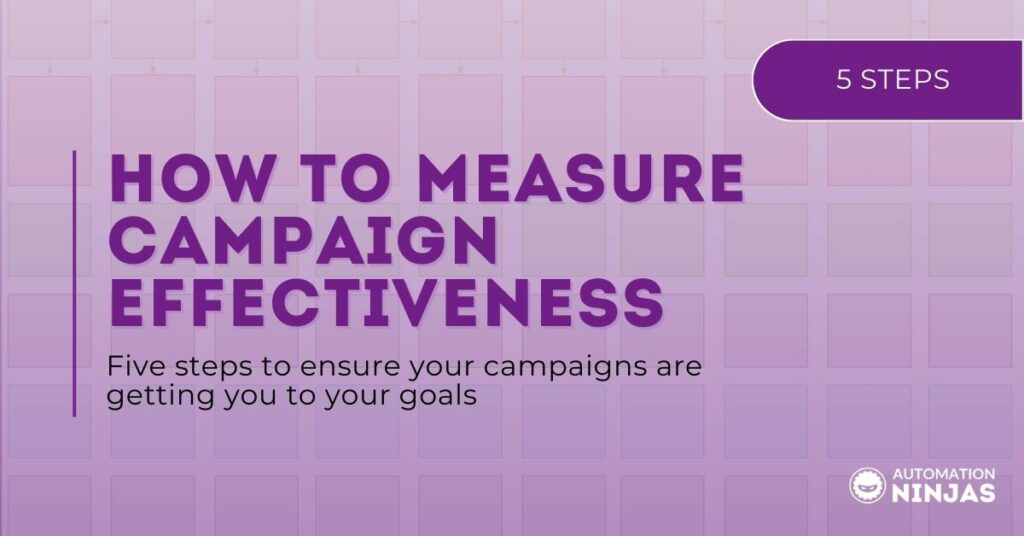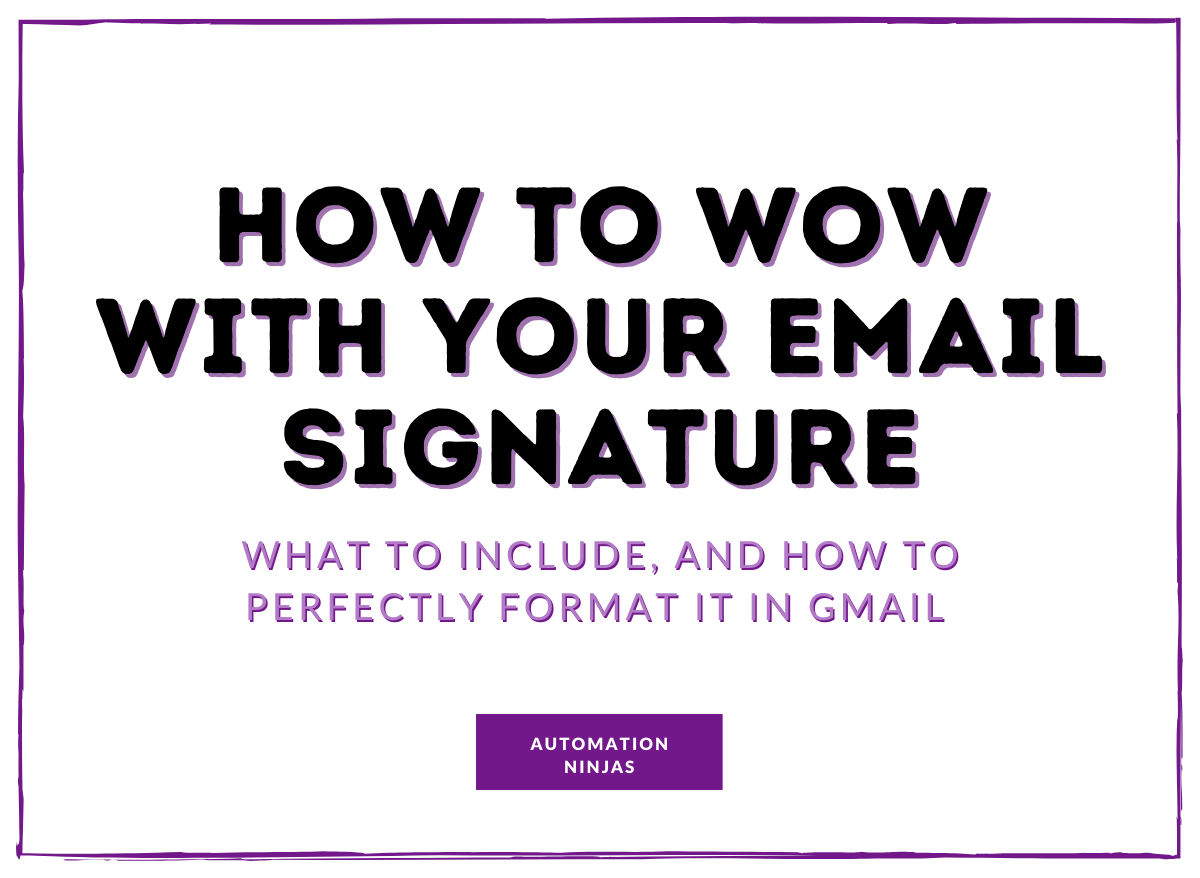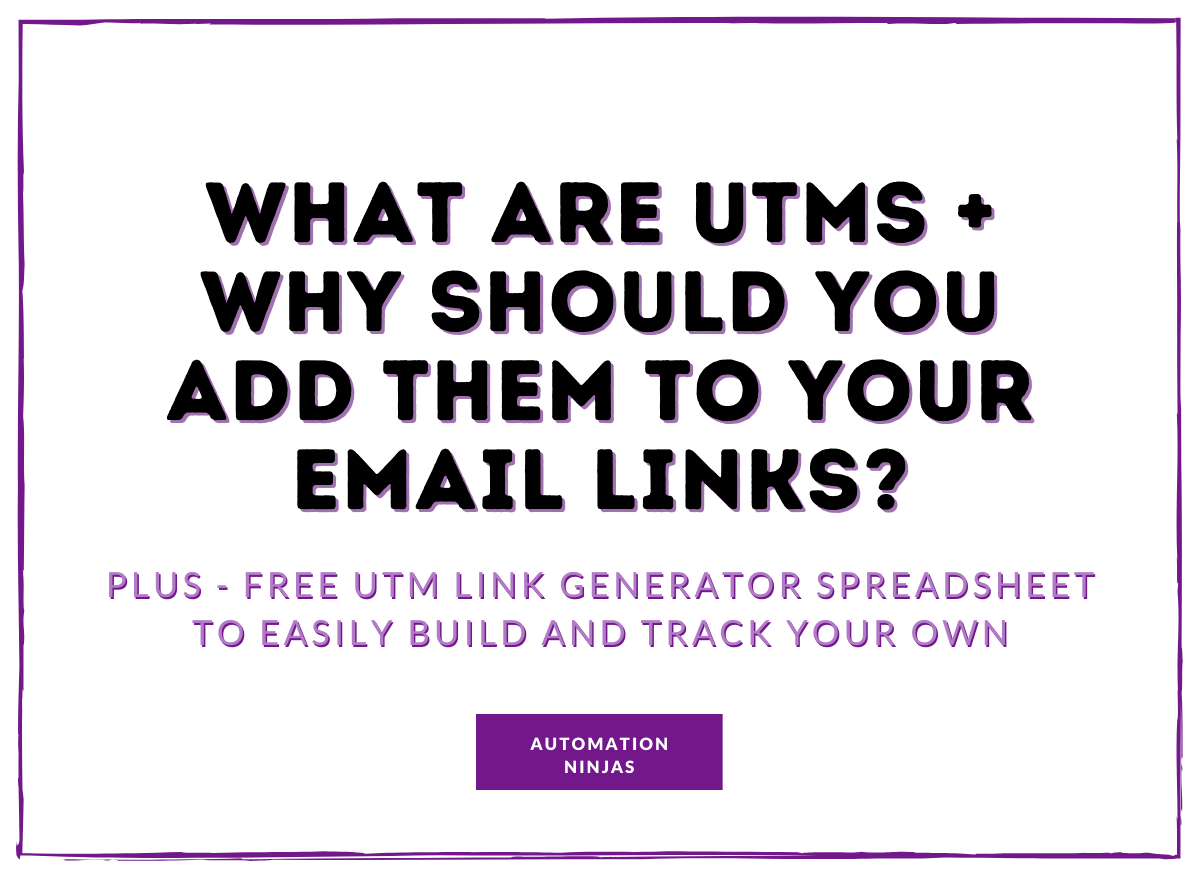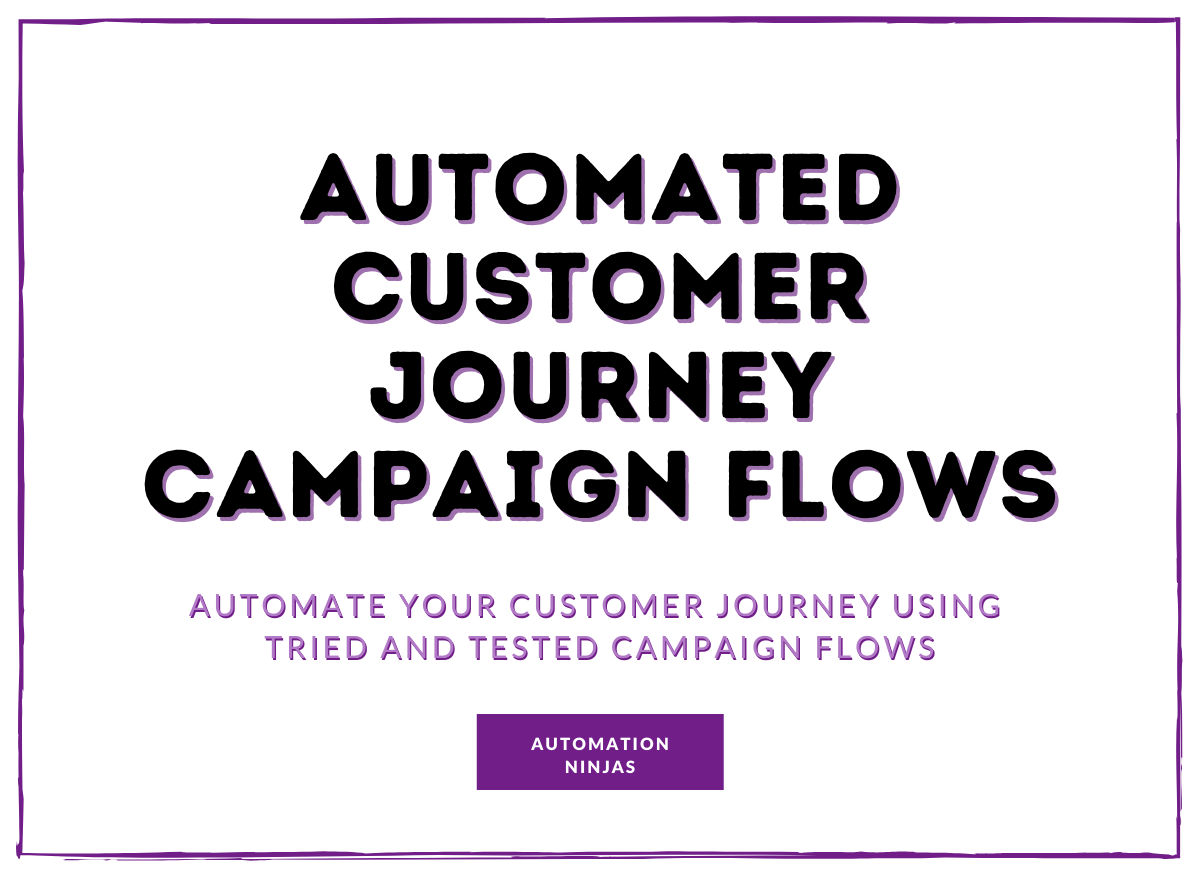You’ve built an epic campaign.
Be that a nifty sales campaign, a lead magnet campaign with some lovely nurture emails or a long term nurture campaign drip feeding content to your list.
You’ve built something awesome to boost your relationship with leads and customers.
Now, I know you’re proud of your work. But how do you actually know your campaign is having the effect you want it to? How do you measure your campaign effectiveness?

I thought that was the answer. However, let me just hit you with a hard truth...
Sometimes, even when we are super chuffed with what we’ve done and we think it’s working epically, it isn’t actually working for our customers. And this is why you need to measure your campaign effectiveness.
Why measuring campaign effectiveness is important
Besides knowing your hard work hasn’t gone to waste, you of course want to make sure you are achieving goals with your campaign. Measuring campaign effectiveness can:
- Show how successful (or unsuccessful) your campaign has been in achieving your goals
- Help you understand consumer behaviour, wants and needs on a deeper level
- Allow you to improve future campaigns
- Ensure the time you and your team spends on campaigns is cost-effective
Let’s delve into exactly how to measure campaign effectiveness in five steps.
1 - Gather initial data before the launch of your campaign
Before you go setting goals and deciding what you want to concentrate on, you need to start with what you have right now. These are your baseline statistics.
Remember those iconic lyrics: “Started from the bottom now I’m here….”? Yeah, Drake didn’t realise it at the time, but he was being super insightful to marketing measurements.
You have to know where you started from - your bottom - to fully understand what components you want to measure in your campaign, and, at the end of the campaign, the full extent of your progress.
Here is where analytics comes in. The overarching lord of statistics is Google Analytics. It’s data-centric tool, offering mega amounts of personalisation, which once set up, will provide all the data you need.
If you have not set this up yet, that’s the first thing you need to do. And ideally, you want to let it run for at least 3 months so you can get a comprehensive understanding of your data.
Follow these step-by-step instructions from Google themselves, then pop back here once you’re done.
If you already have analytics set up, then dive in and grab the data markers you are wanting to track. Add them into a spreadsheet dedicated to this campaign that you can refer back to.
Top tip: Don’t think too hard at this stage about exactly what you’re wanting to measure. Take a full range of statistics from analytics. You may find a measurement you hadn’t thought about before that you’re interested in working on. Keep an open mind.
2 - Set clearly defined goals for your campaign
Erm… duuuuh, right? It’s an obvious one - but unfortunately it is still the step we see many companies forget about.
In short: you can’t know how effective your campaign is if you don’t have a goal to work towards.
After looking at your baseline stats in step 1, you should have several measurable statistics that you can choose from as your important ones.
Picking the stats you want to improve on will depend on several factors unique to you, including your wider company goals, the type of campaign you are working on and the type of industry you are in.
Some examples of goals could be:
- Increasing click rate
- Increasing open rate*
- Increasing your conversion rate
- Gaining X amount in sales
- Growing your email list
- Gaining more returning customers (second purchases)
*In September 2021, Apple included the implementation of Mail Privacy Protection as part of their iOS 15 software update. This had an effect on open rates, making it a less stable measurement. You can read more about this and how it affects your open rates here.
And I emphasise clearly defined.
The above are ideas, but once you’ve picked your goals, you need to make them measurable.
Goals can’t be left open ended, so I don’t want to hear about “oh we need a handful more leads” or “I want to make lots of money”. No, no. Let’s get numbers, figures and measurable components into that goal of yours - including a set time to achieve these by.
So pick your key stats. Decide where you want to grow to with these and the time frame that you want this done in. That’s your campaign goals. Write them down and remember them.
3 - Generate UTMs for use in the campaign
One of the most common parameters that companies track is their click rate.
Most campaigns contain emails with links in them. Maybe you’re sending people to a blog post, or to your services page, or to a super cute video of puppies.
Whatever works for you and your audience.
BUT WAIT!
How do you know if they’re actually looking at the links?
Google Analytics tracks click rates in emails. But if you really want to niche down on who clicked what link from what campaign, you need to incorporate UTM links.
UTM - which stands for Urchin Tracking Module (not an animal, I already googled that to make sure) - is a nifty bit of code that is added to a URL link. It allows you to understand exactly which campaign a person has clicked through to a link from.
It looks a bit like this:
www.mywebsite.com/?utm_source=infusionsoft&utm_medium=email&utm_campaign=christmas2020
There is the website URL: www.mywebsite.com. This is where the user will be sent.
Then the remainder of code in the URL tells analytics that:
- The user came from an Infusionsoft link
- That link was in an email
- That email was in a campaign named christmas2020
Using this can give you very clever insights into user behaviour and allow you to differentiate between which campaigns are sending people to specific links.
For more information on UTM’s plus a free UTM link generator template have a read of of our blog.
4 - Analyse the data during and after the campaign
Once your campaign has launched, don’t make the mistake of thinking you just sit there and wait for the results. You need to be proactive during the campaign too.

What do I mean by this?
Well, there are things you can track while the campaign is running.
We call these lead indicators and they are particularly helpful when you have a long-running campaign (such as long term nurture).
This is because if the lead indicators hint at a lack of engagement, you can make changes while the campaign is running.
Examples of lead indicators are sign ups, lead magnet downloads, open rates, click through rates.
Top tip: If people aren’t clicking through to your links, try spicing up your email content and calls to action. If your open rates are low, you can experiment with your subject lines using A/B testing or simply by adding 'fields' or even emojis.
Lag indicators on the other hand are the statistics you can analyse after the campaign has run its course.
This data is useful for seasonal promotion campaigns or first runs of short term nurture campaigns.
Examples of lag indicators are: response rates, call bookings, conversions and relationships built. These are all outcomes that can only be measured after someone has run their course of the campaign.
Both lead and lag indicators are important for measuring campaign effectiveness. Use lead indicators to measure how a campaign is running and conclude any tweaks that need made immediately. And use lag indicators to measure the end goals of your campaign.
Anything else?...
Yes indeed, you’ll also want to review your goals after the time period you specified prior to campaign launch.
Revisit the statistics you pulled at the beginning and gather the updated statistics so you can compare. Hopefully you’ll have seen some successes!
Any areas that haven’t quite made the mark? Delve deeper into those to pinpoint where you could make improvements - and some of this may take some experimenting.
- Is your content valuable to your consumers? This could apply to emails, lead magnets and blog posts.
- Is your voice consistent?
- Are you nurturing your leads, rather than cold selling to them?
If you are not sure where to start with improvements, here’s a few blog posts that might help:
> How to add value to your content
> Lead nurturing examples for powerful follow up emails
> 6 common mistakes you’re making with your marketing automation
Takeaway time: The key to measuring campaign effectiveness
The key to measuring campaign effectiveness is starting before you launch your campaign.
First, get your baseline stats in order and determine your goals: what you’re going to measure and what timescale you are giving the campaign to reach that.
Then use Google Analytics and UTM’s to get accurate and useable metrics.
Once your campaign has launched, keep an eye on lead indicators during its progression. Tweak anything you need along the way, and once you’ve hit your timescale, check on your lag indicators and goal metrics to measure your success.
Identify any areas that need improvement and use this to experiment with future campaigns (or with the same one, if it is a longer-term campaign).
If you need a bit of expert insight into campaigns, get in touch with our team. We are ninjas in marketing automation after all, and would be glad to help you with your campaign success!





